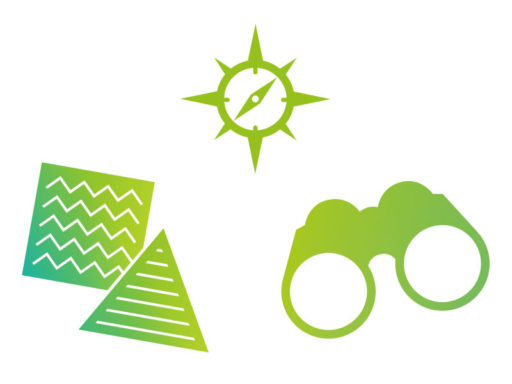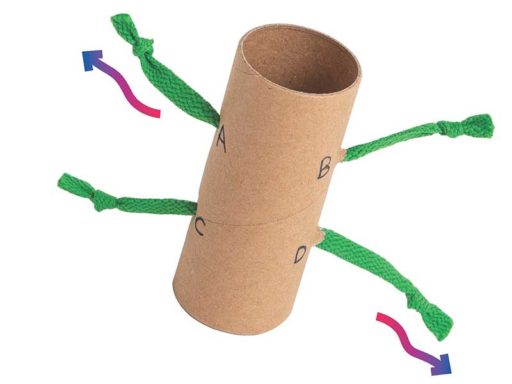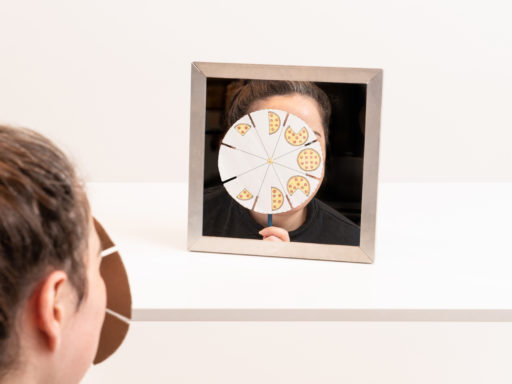Shapes and patterns can be found all around us – from flowers to footballs, seashells to staircases. This activity involves cutting out templates and looking through the openings to find these shapes in the real world.
Printable downloads
Follow these steps…
 Top tip
Top tip
The shape finders will be sturdier if printed on thick paper or laminated.
The middle part of the template can be tricky to cut out using scissors. An adult could cut it out using a craft knife and cutting board.
-
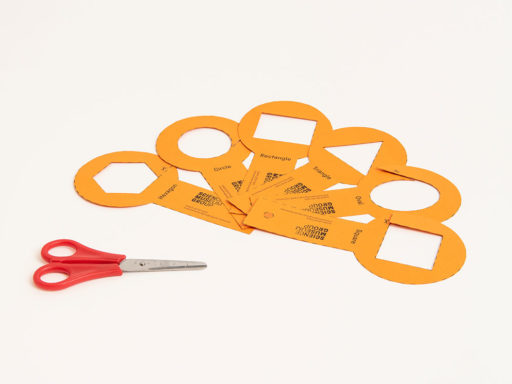 Cut out the shape finder templates. Then cut along the dotted lines and cut out the shapes.
Cut out the shape finder templates. Then cut along the dotted lines and cut out the shapes. -
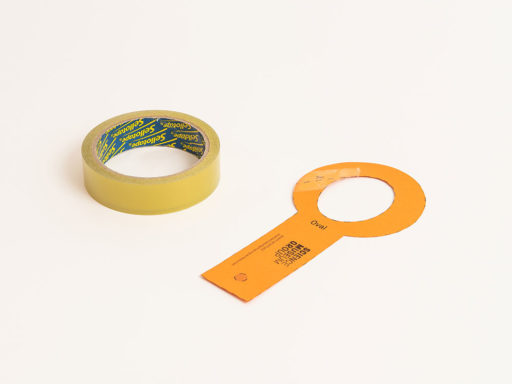 Tape the dotted lines back together.
Tape the dotted lines back together. -
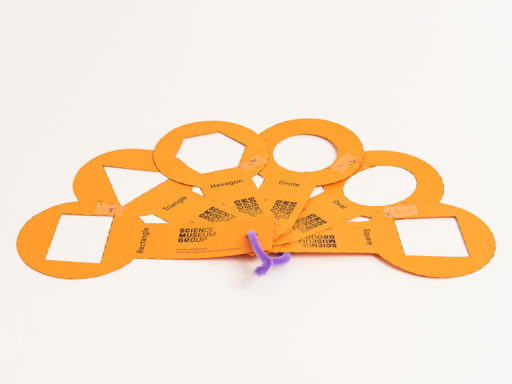 Punch a hole in each template and then use the holes to tie them all together with a loop of string or a pipe cleaner.
Punch a hole in each template and then use the holes to tie them all together with a loop of string or a pipe cleaner. -
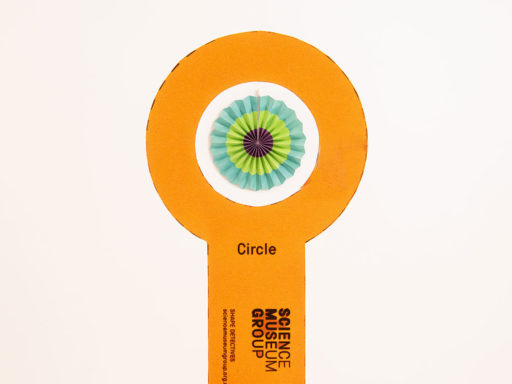 Search all around at school, at home, in a museum or out and about. Can you find something for every shape outline?
Search all around at school, at home, in a museum or out and about. Can you find something for every shape outline? -
Try making shapes with your hands. What shapes can you make? What shapes can you find?
Think and talk about…
- What are the similarities and differences between the shapes?
- Why do you think most doors and windows are rectangles?
Investigate…
- Which shape is the most common?
- What shapes are difficult to make with your hands?
- Try making your own new shape, and add it to your set.
Did you know?
A football is made up of two different repeating shapes. The black patches are pentagons and the white patches are hexagons.
What’s the maths?
Mathematicians define straight-sided two-dimensional shapes according to the number of sides or ‘vertices’ (corners) they have. The number of sides is always equal to the number of vertices – so a square or a rectangle has four of each, while a triangle has three of each. All two-dimensional shapes with straight sides are called polygons; circles and ellipses (ovals) have curved sides.
Maths in your world
 Architects, builders, designers and engineers make good use of all the simple shapes found in this activity to build structures and design products. Squares, rectangles and regular hexagons are great shapes for paving slabs or tiles because they fit together perfectly and cover a surface, or tessellate. Triangles are an ideal shape for building large structures such as bridges and towers that need to be very strong because they are rigid and cannot skew.
Architects, builders, designers and engineers make good use of all the simple shapes found in this activity to build structures and design products. Squares, rectangles and regular hexagons are great shapes for paving slabs or tiles because they fit together perfectly and cover a surface, or tessellate. Triangles are an ideal shape for building large structures such as bridges and towers that need to be very strong because they are rigid and cannot skew.
